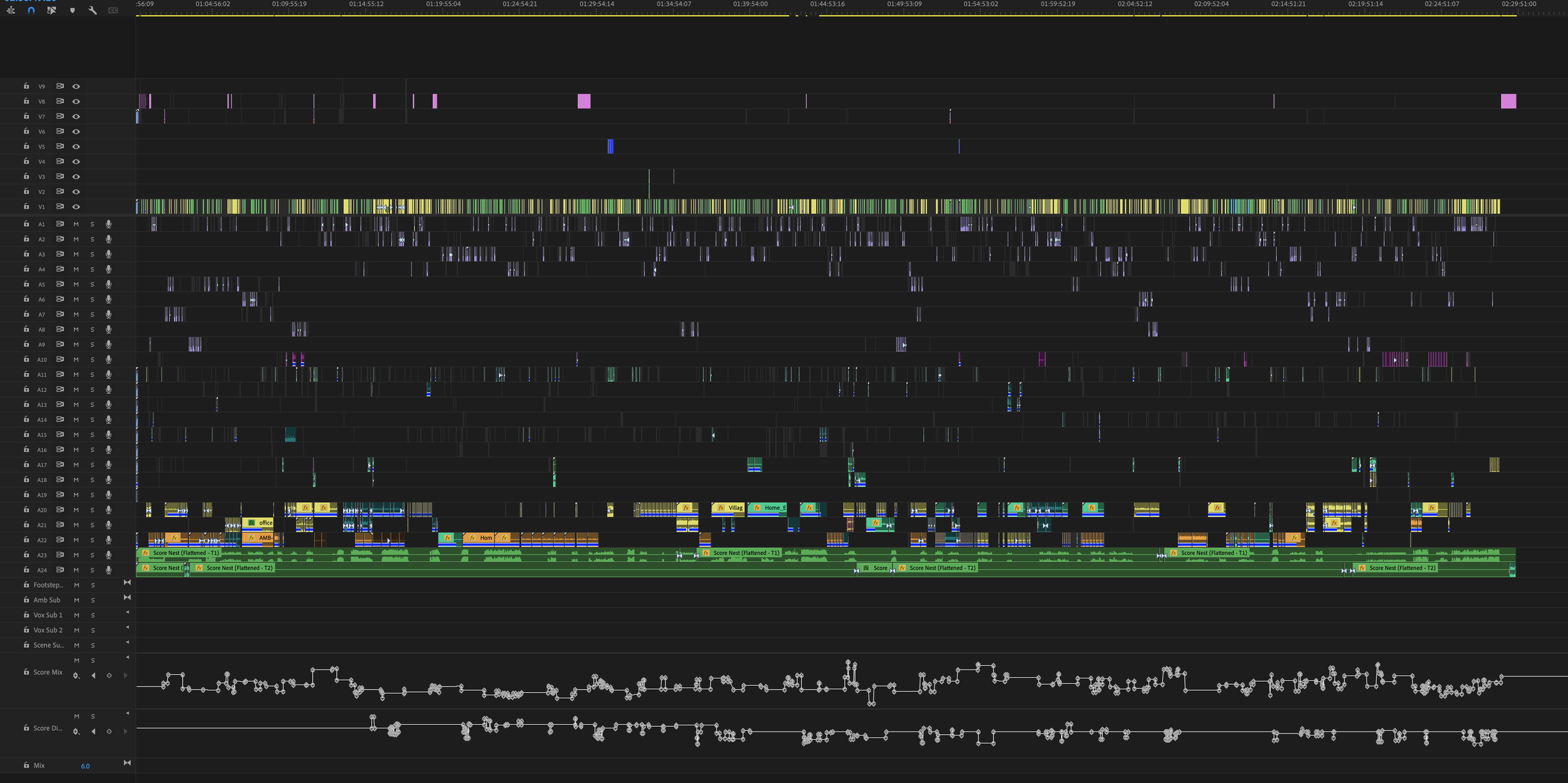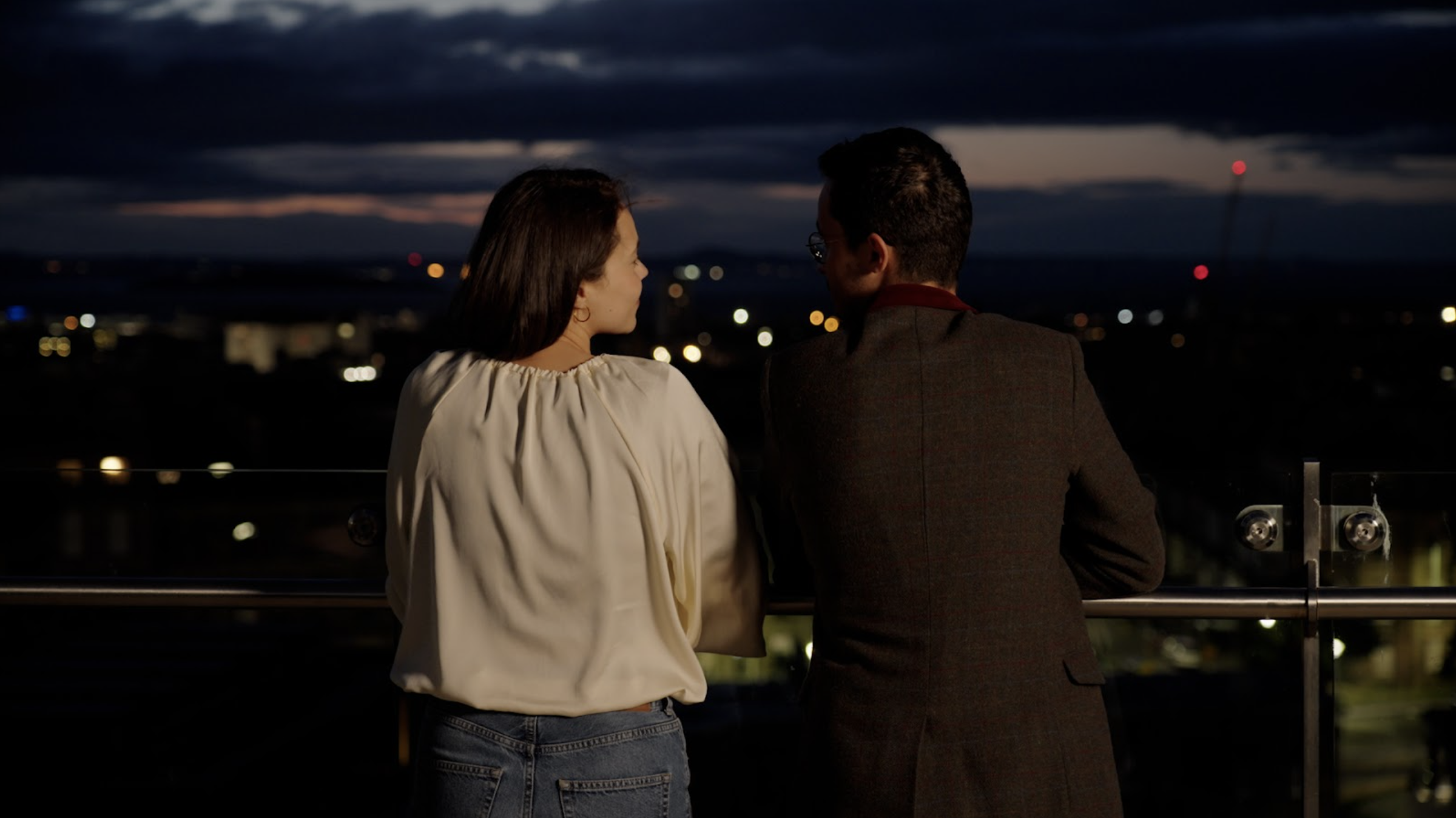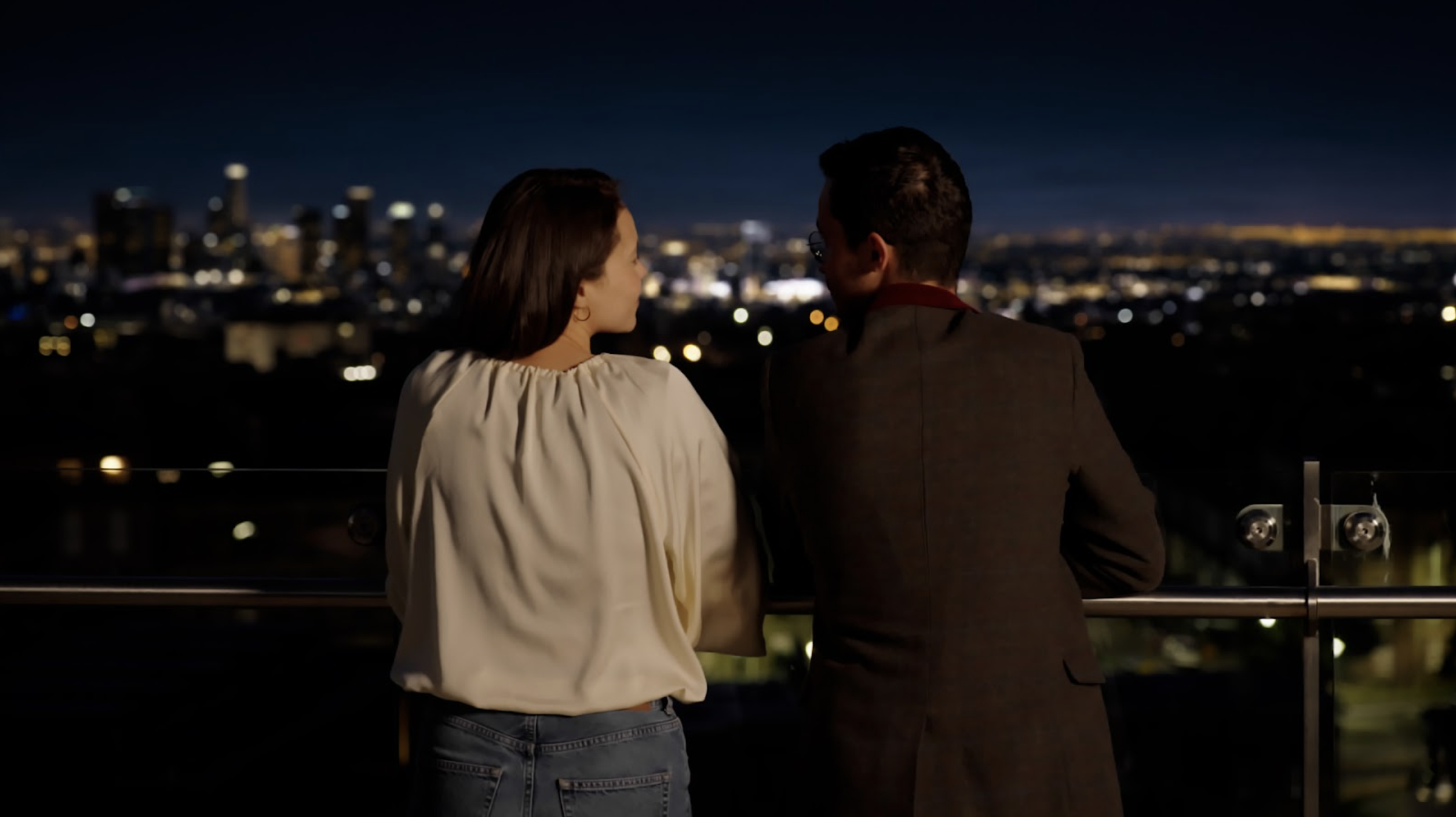On Making our First Feature Film - Pt.3
In the third and final blog post on the making our first feature film, Drew Gibson, our Head of Post Production, gives us an insight into the process and workflow for editing, colouring, finishing and delivering a full length feature film. We were working to tight deadlines set by the studio, and it meant putting processes and workflows in place to ensure we could stay on top of things even while the shoot was still going. The learning curve was brilliant, and has given us so much insight into what it will take to deliver the next one. And I am very happy to confirm that there will be a next one. Watch this space, because Christmas is coming.
Toby Trueman, Managing Director
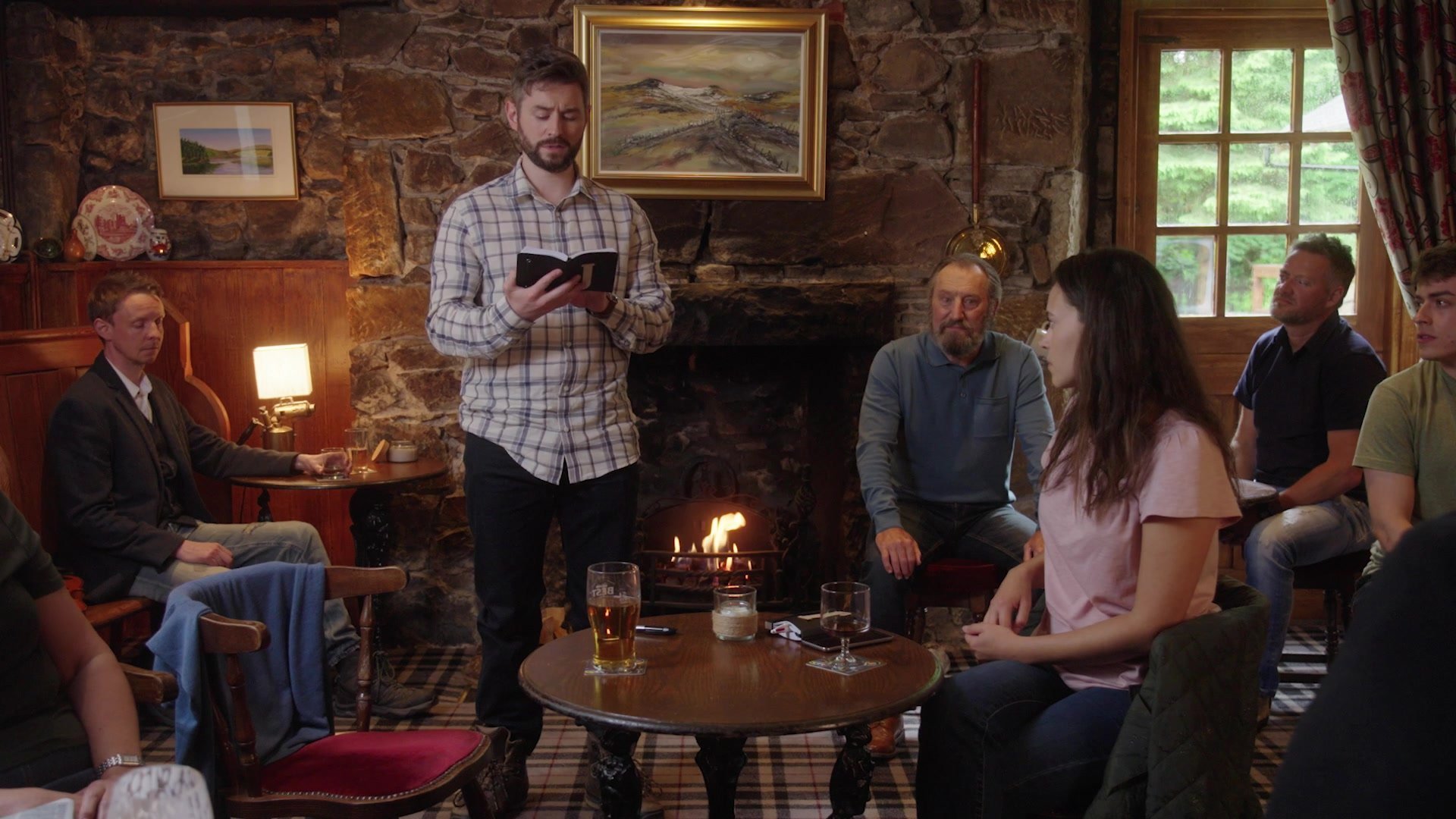
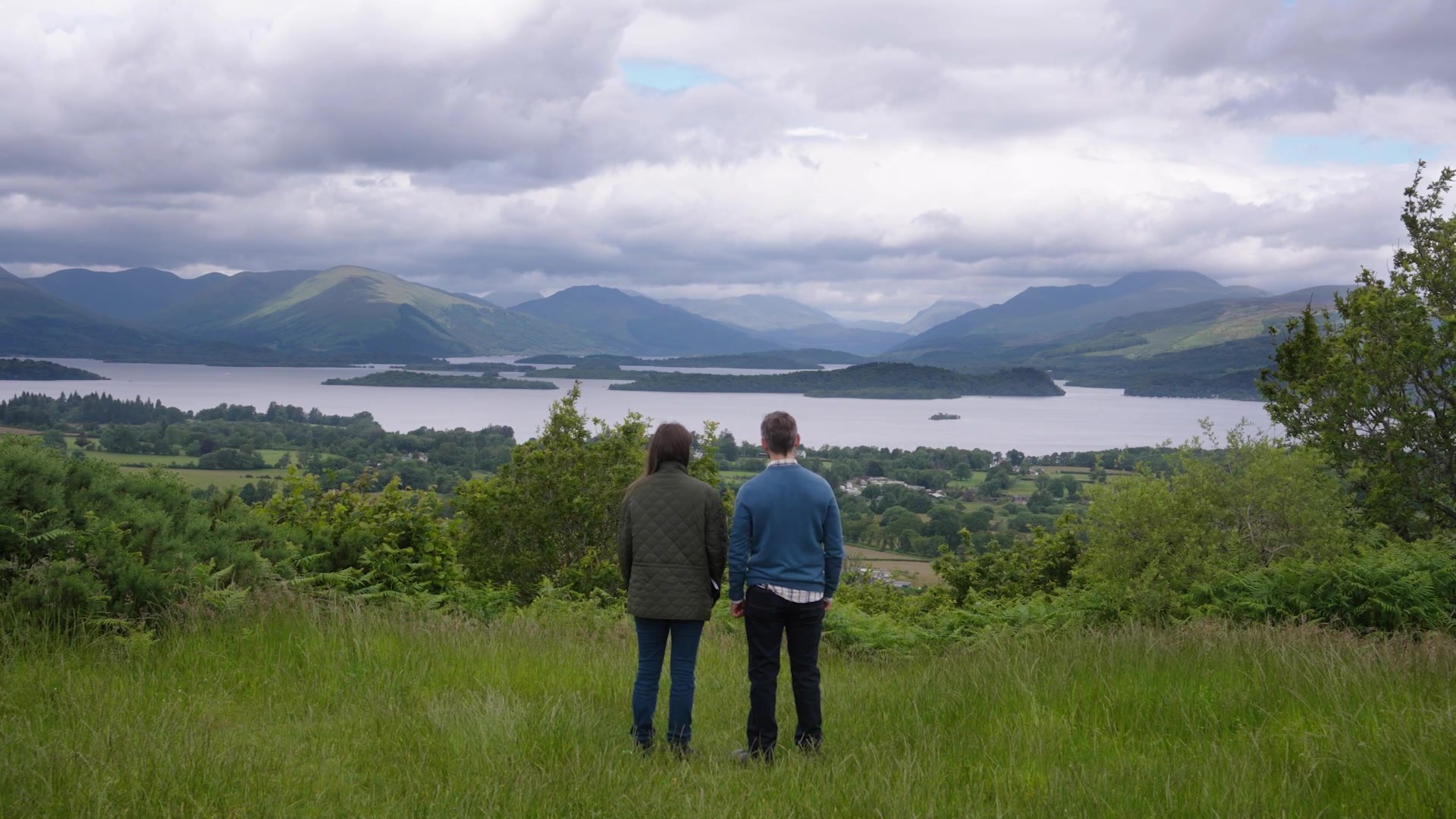
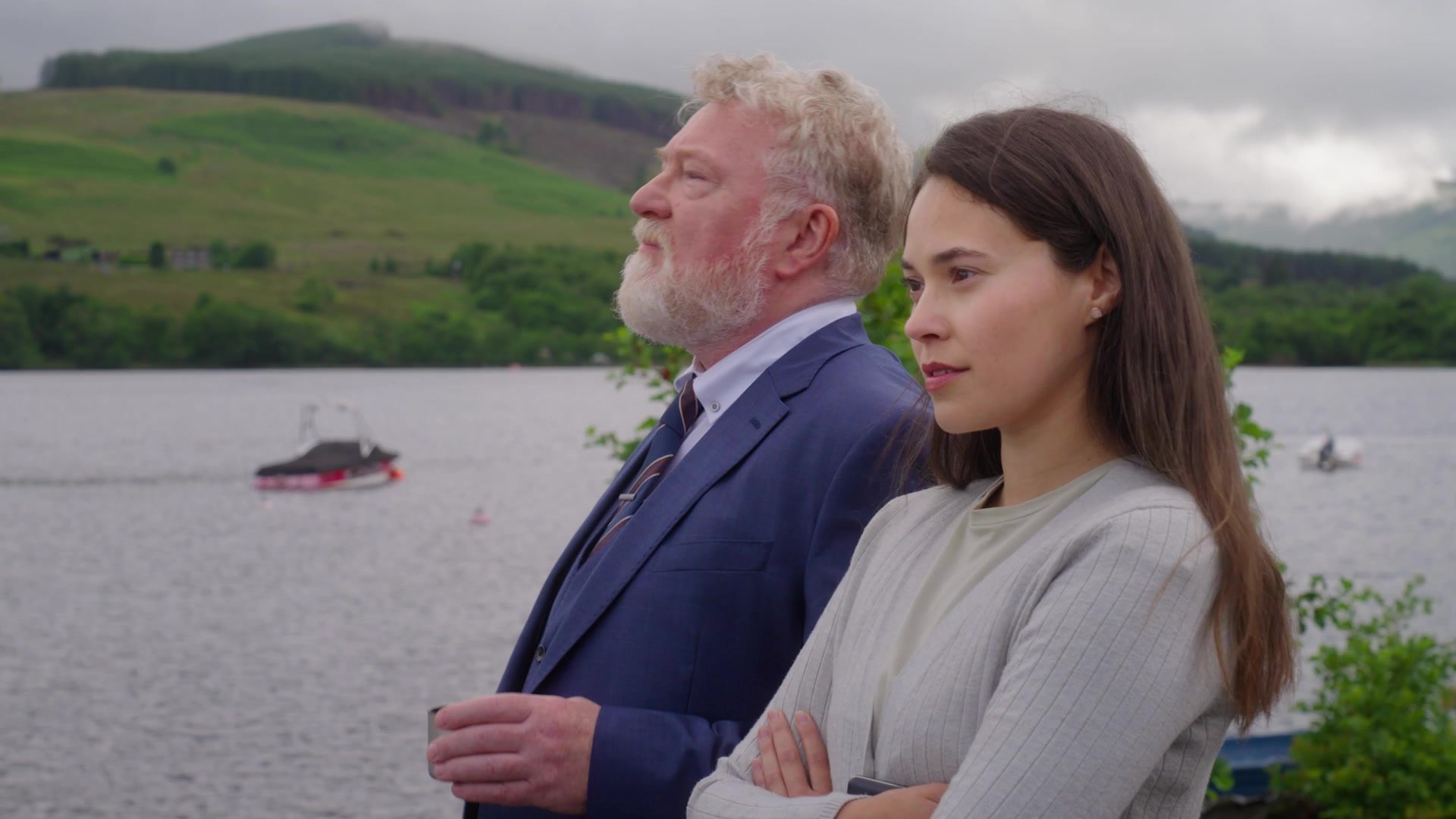
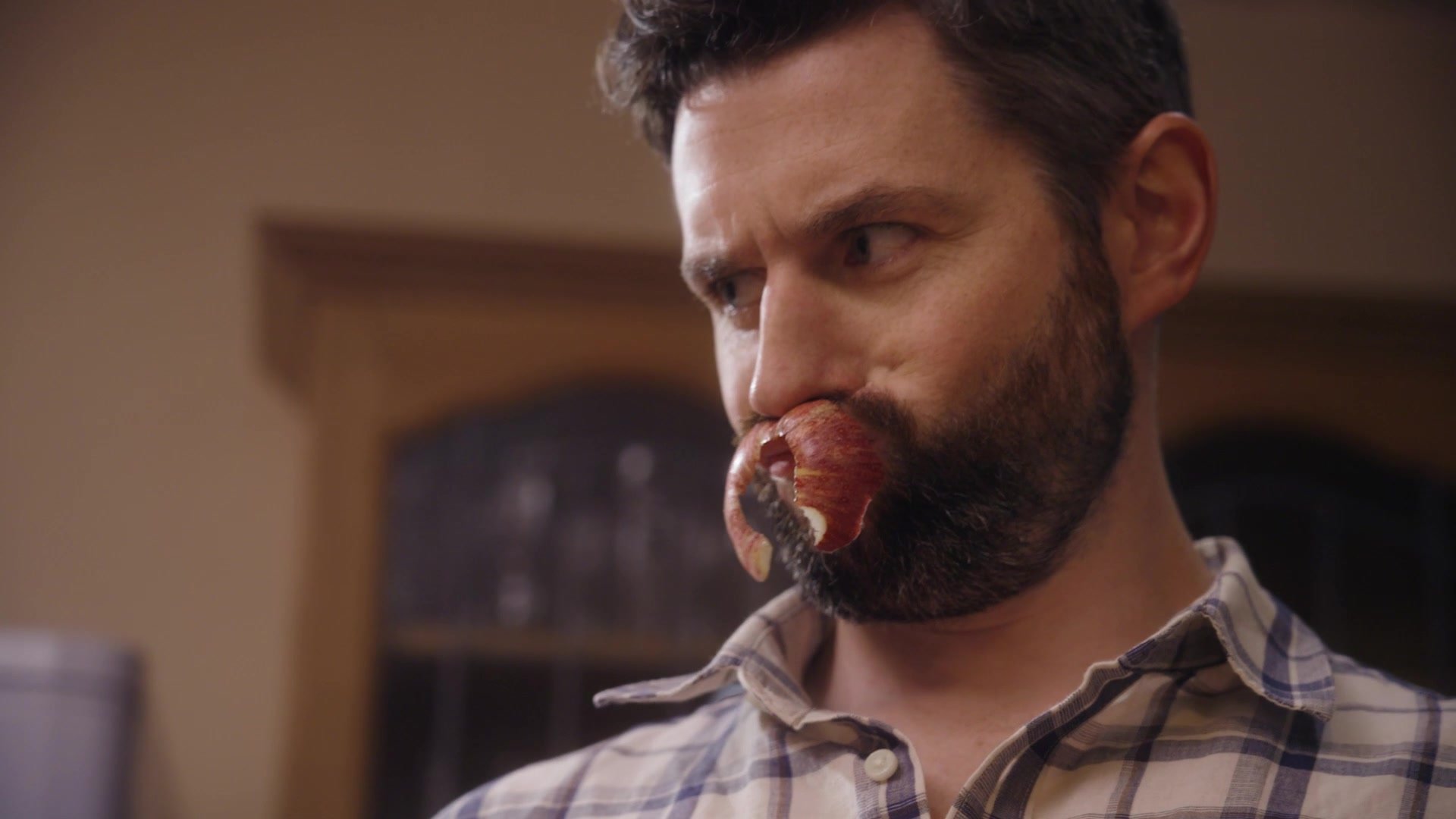
Post Production
At Heehaw, we have a sizeable post-production team, full of editors, animators, illustrators and motion designers with a lot of collective experience under our belts. Nonetheless, the idea of delivering the post-production for our first feature film was daunting. But it was a learning curve we were all eager to explore.
When it came to delivering a feature film, there were a number of aspects that differed from our typical Heehaw workflows and outputs, as well as an increased runtime.
Although the shoot was in June, the final delivery wasn’t until November. So, working closely with Jason Pomerantz, Reel One Entertainment’s Head of Technical Operations, we carefully planned our post-production schedule for the upcoming months.
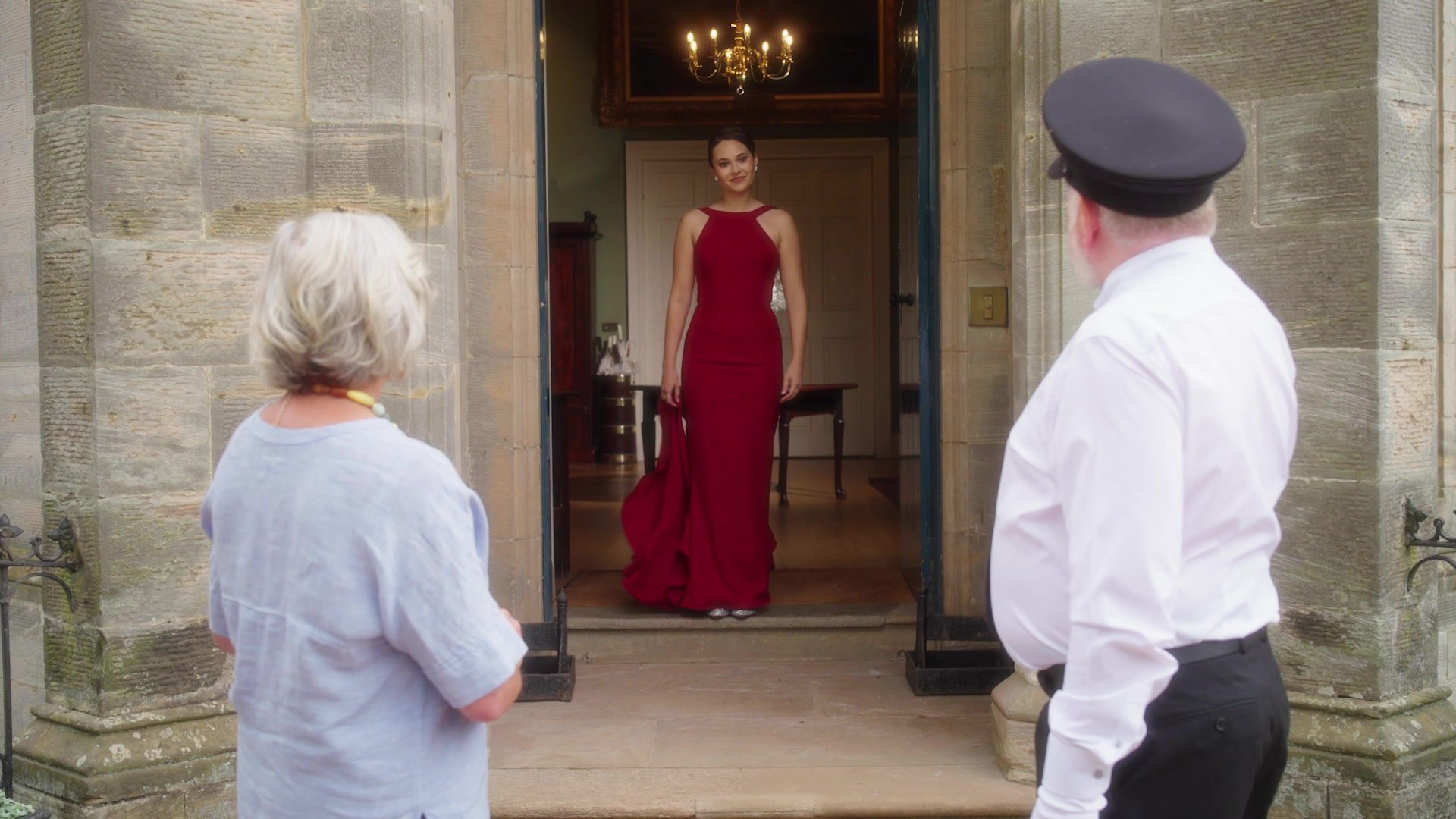
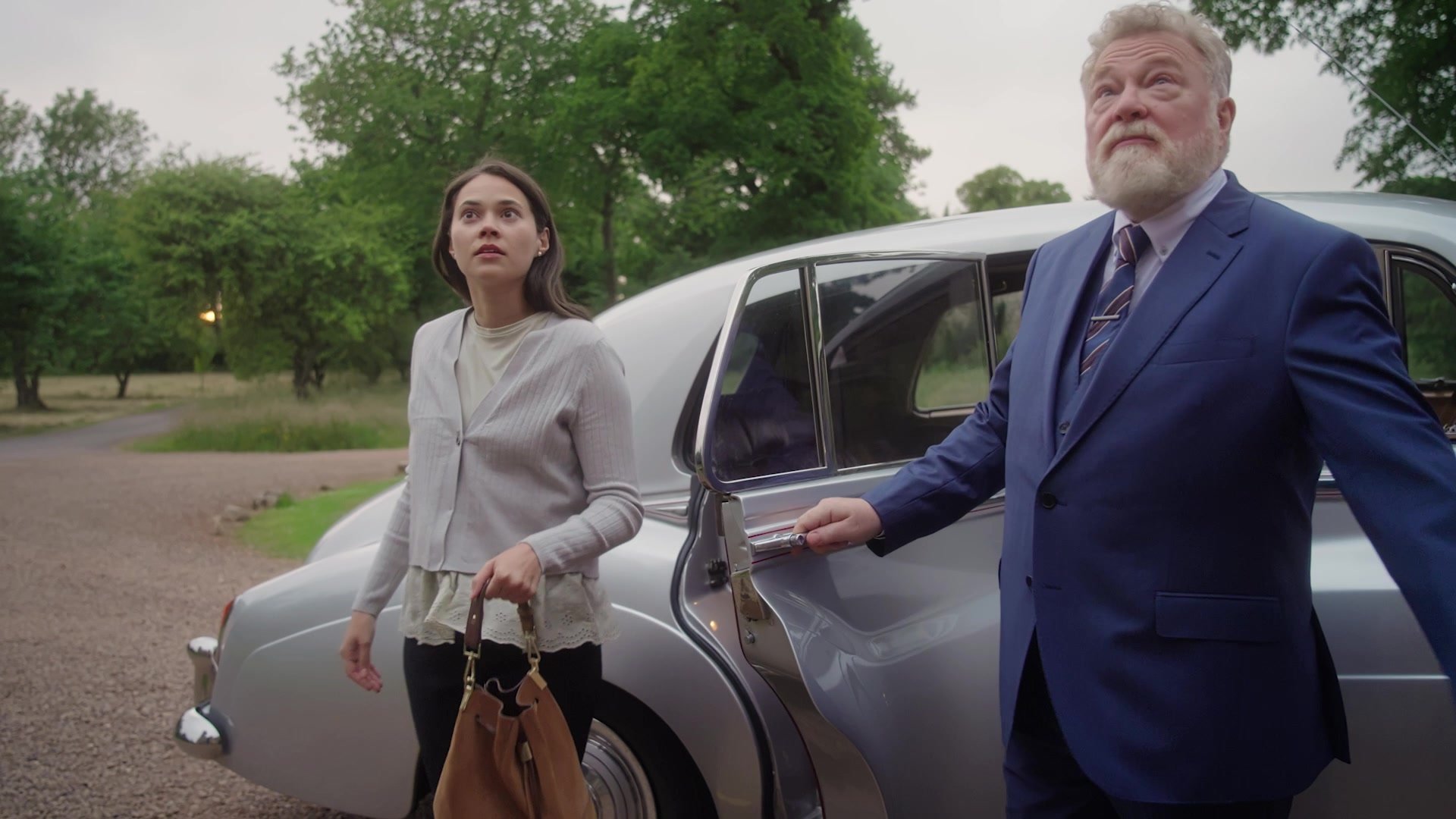
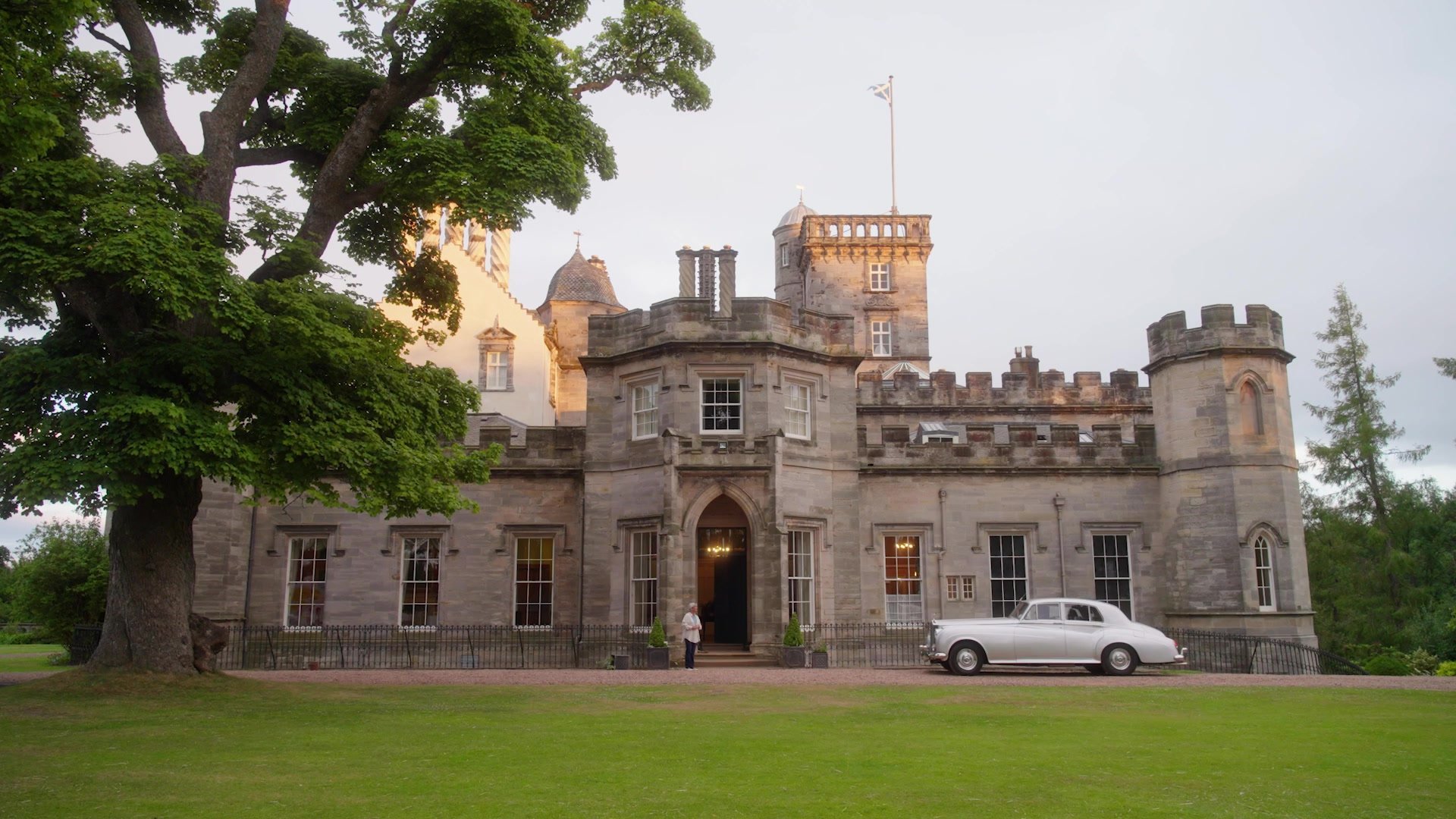
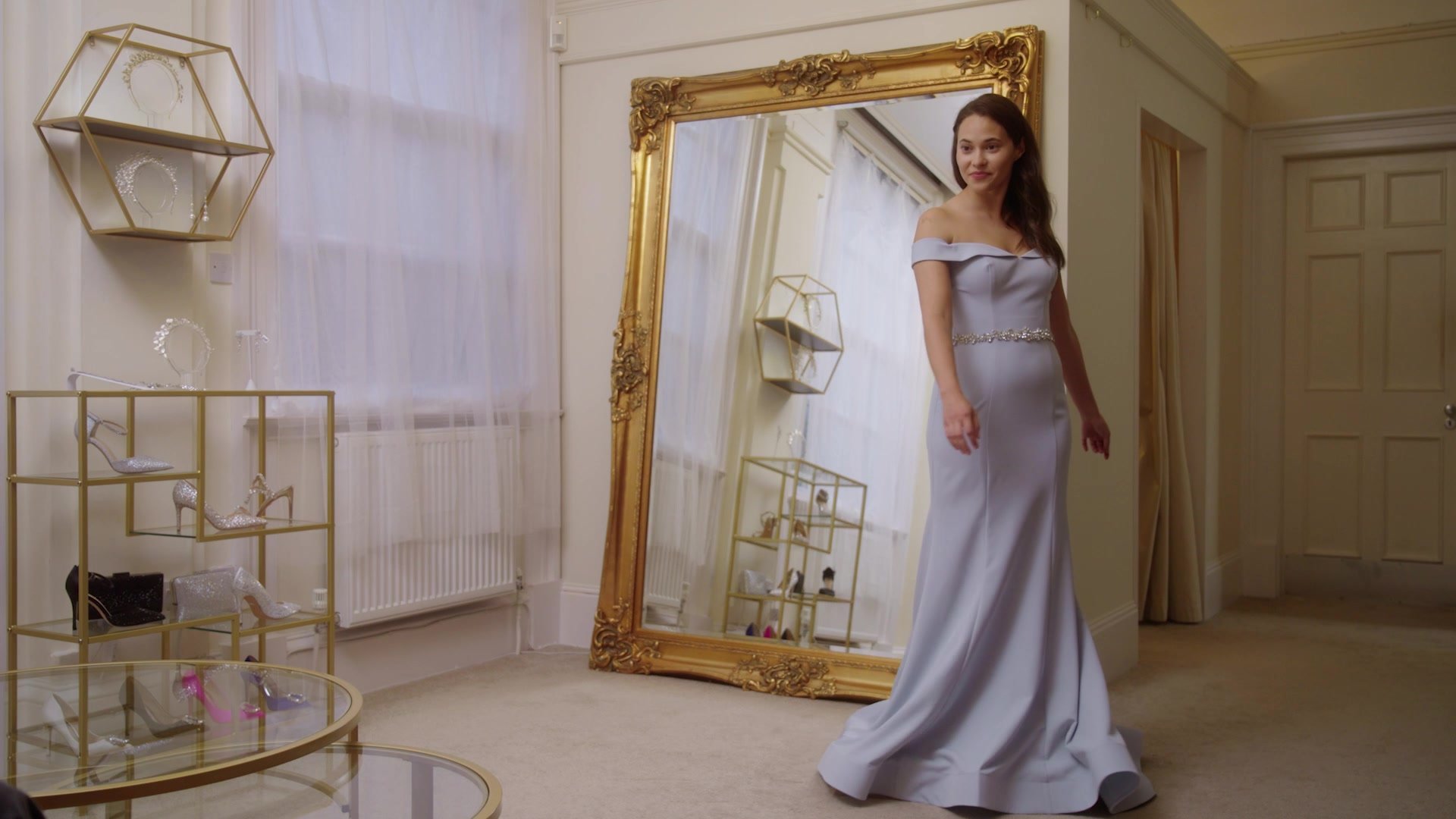
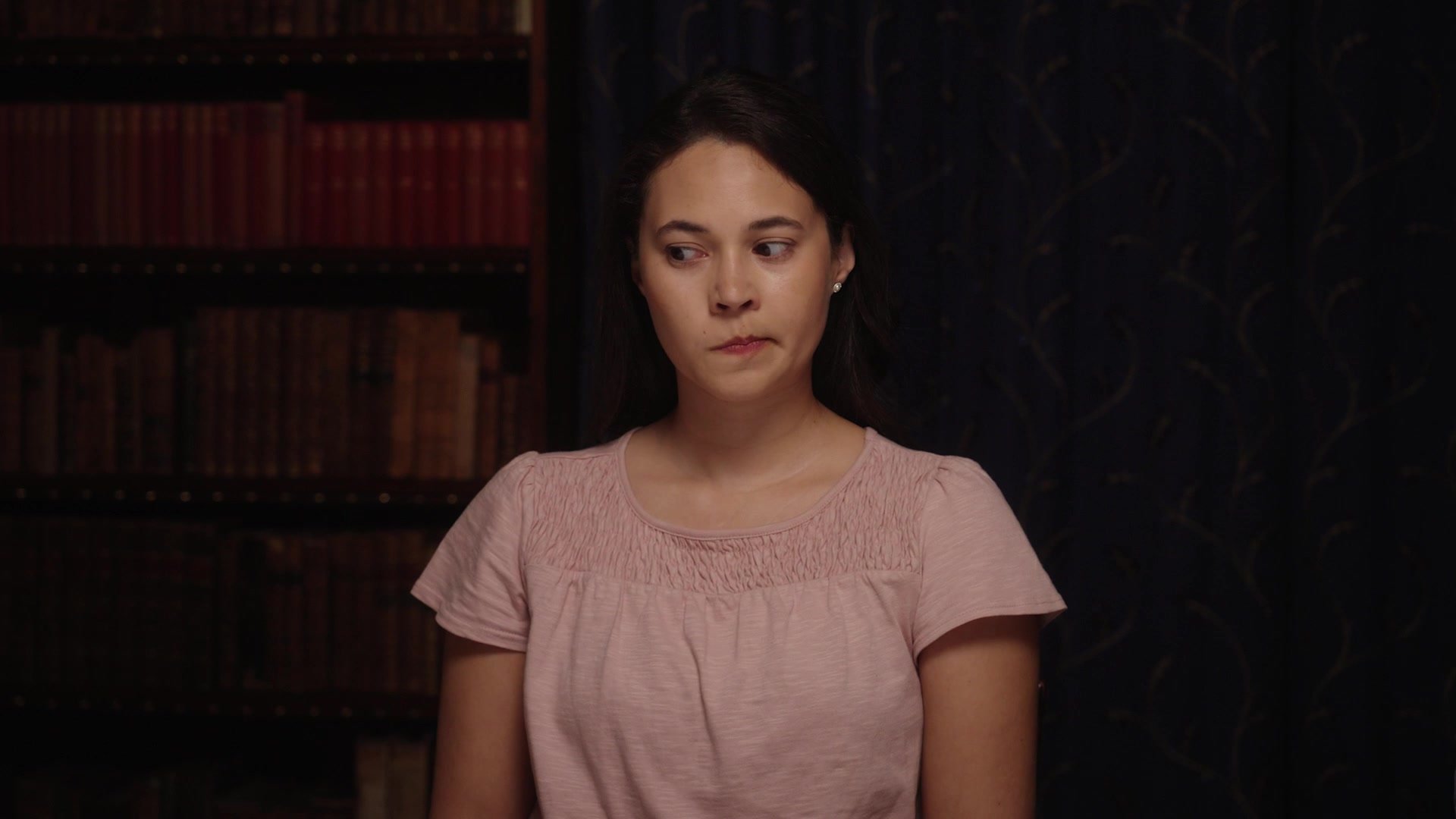
Reel One Entertainment required ‘dailies’ of each day's shoot, followed by rough scene assemblies in the immediate days that followed. This meant that our post-production team needed to be in constant communication, with a robust workflow which would allow us to jump right into the edit during shooting. Our wonderful Assistant Editor and DIT, Tom Anderson-Hall, delivered the daily rushes to both our production partners, Reel One Entertainment, for review, as well as our brilliant Editor, Jonathan Worman, so he could start the edit immediately after the previous day’s shoot.
Although we had months set aside for the post-production, the actual edit turnaround for the project was rapid. After the shooting wrapped, we had a tight two weeks to create the first fine-cut (the ‘Editor’s Cut’). This is where our rough scene assemblies really gave us a big head-start. After receiving notes on the ‘Editor’s Cut’ from the Creative Producer, the distribution team would watch the film from the perspective of its prospective markets around the world. After a final two weeks of finessing, we officially achieved ‘Picture Lock’.
This version of the film had temporary music, temporary audio mix, no colour grade and no visual effects. This is what’s also known as the ‘offline’ version, which we then sent to Reel One Entertainment to begin cutting together the trailer. The film then spent six weeks with the music composer, Bobby Rose, who created an original score. During that period, we in Heehaw post-production focused on the audio mix, colour grading and visual effects.
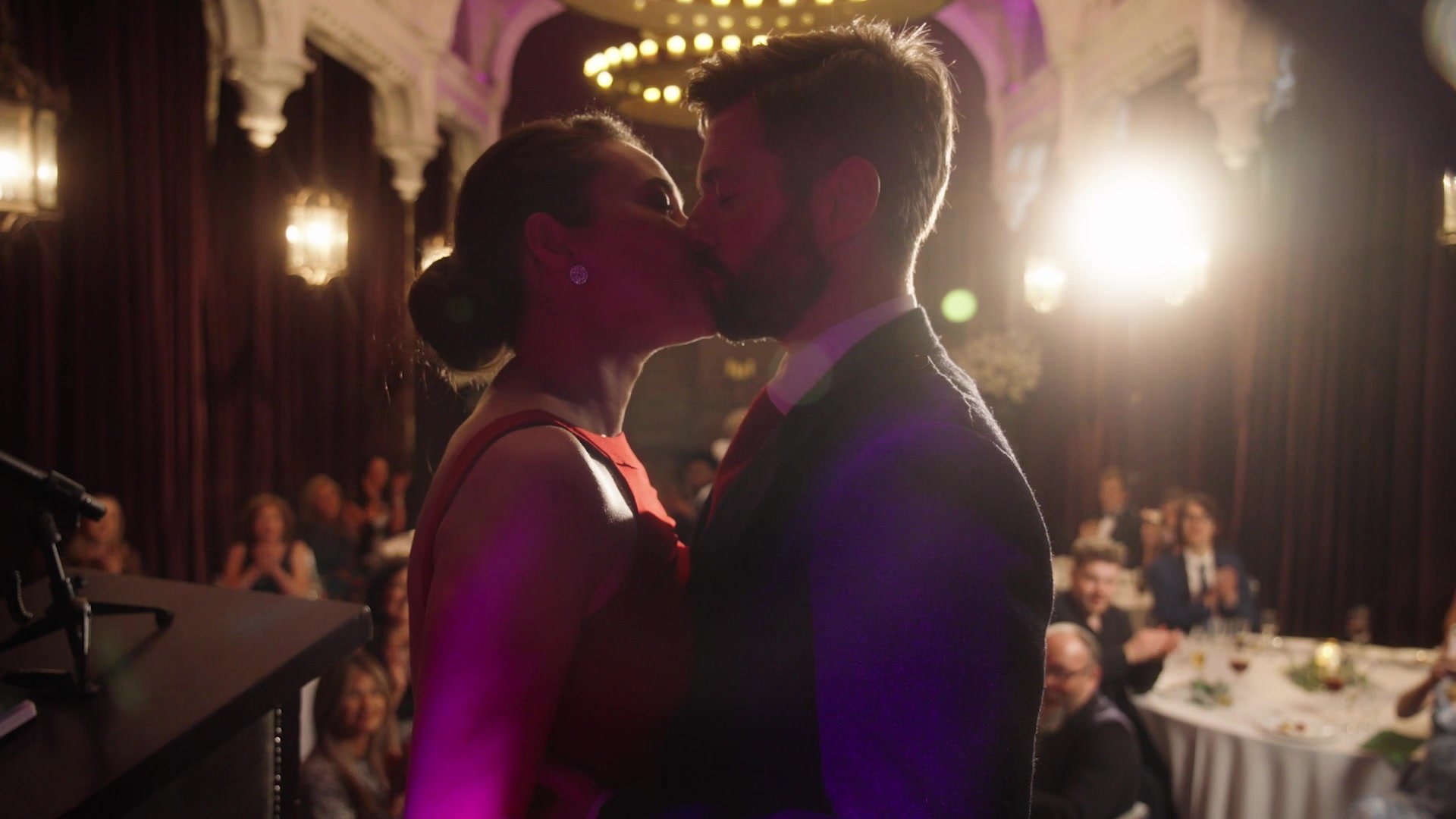
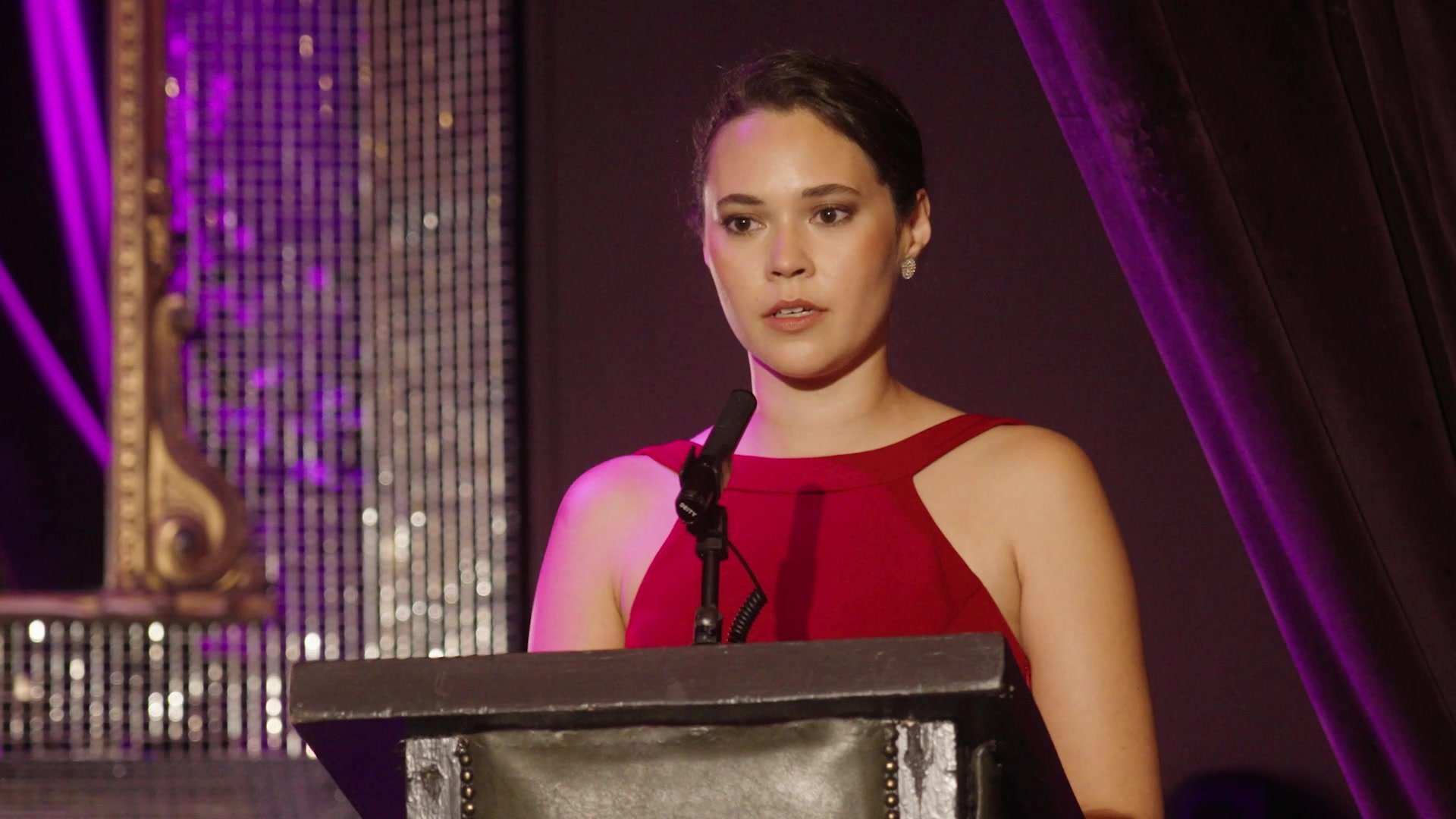

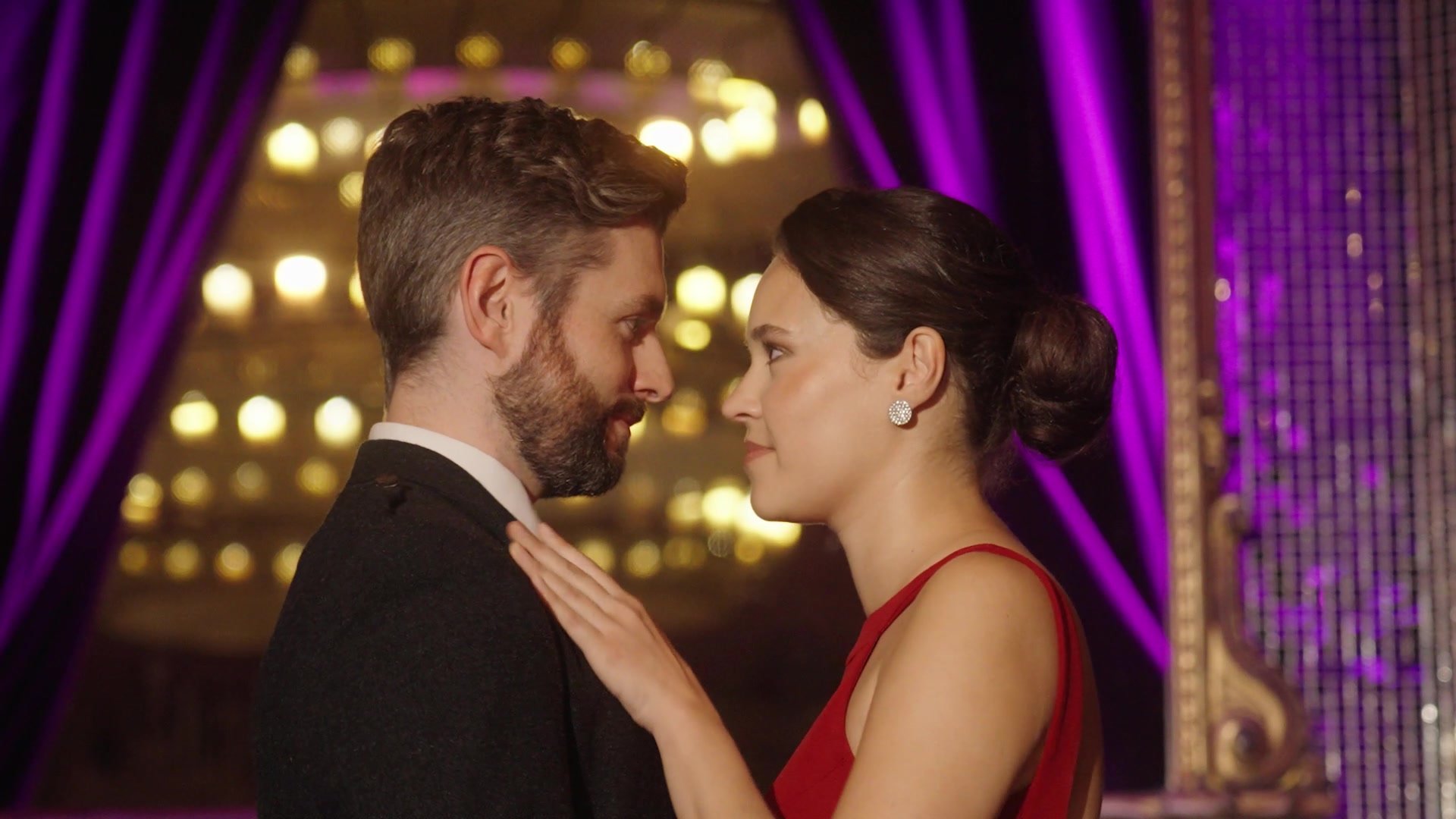
After receiving the music from the composer, we combined it with our finalised visuals. Another week of audio mixing, followed by creating a cinema-worthy 5.1 Mix, and we had our finished film. All that remained was to add opening and closing credits and we were ready for delivery.
The final stage was a 6-8 week QC (Quality Control) process with a third party company to make sure our film was hitting all prerequisites from a technical point of view. As part of the delivery, we also had to submit multiple audio stems of the film with isolated dialogue and M&E (Music and Effects) for prospective international versions of the film.
Making our first feature film was a great challenge and, in the end, hugely fulfilling. We’re all looking forward to the next one.
Top 3 Tips for Post-Production
Across the pond - Be aware of the differences between delivering for a US and UK market. Our film had to be created at a frame rate of 23.976fps. This meant that any graphics, visual effects and stock footage would need to match this rate if we were to avoid QC fails on delivery.
Timing is everything - What was interesting about working on a feature film was getting the balance right between letting the rhythm of each scene flow naturally while also adhering to some strict rules of the rom-com genre. For example, our film had to be between exactly 87-90 minutes long and our two lead characters had to meet by the 12 minute mark. This posed some interesting challenges in the edit and meant one or two scenes had to be dropped.
Fix it in post - Making East Lothian look like the Isle of Skye is tricky but certainly possible. However, making Fife look like New York is much harder even with excellent lighting and blocking. But you can see from the screengrabs below that anything is possible with a talented visual effects team.

